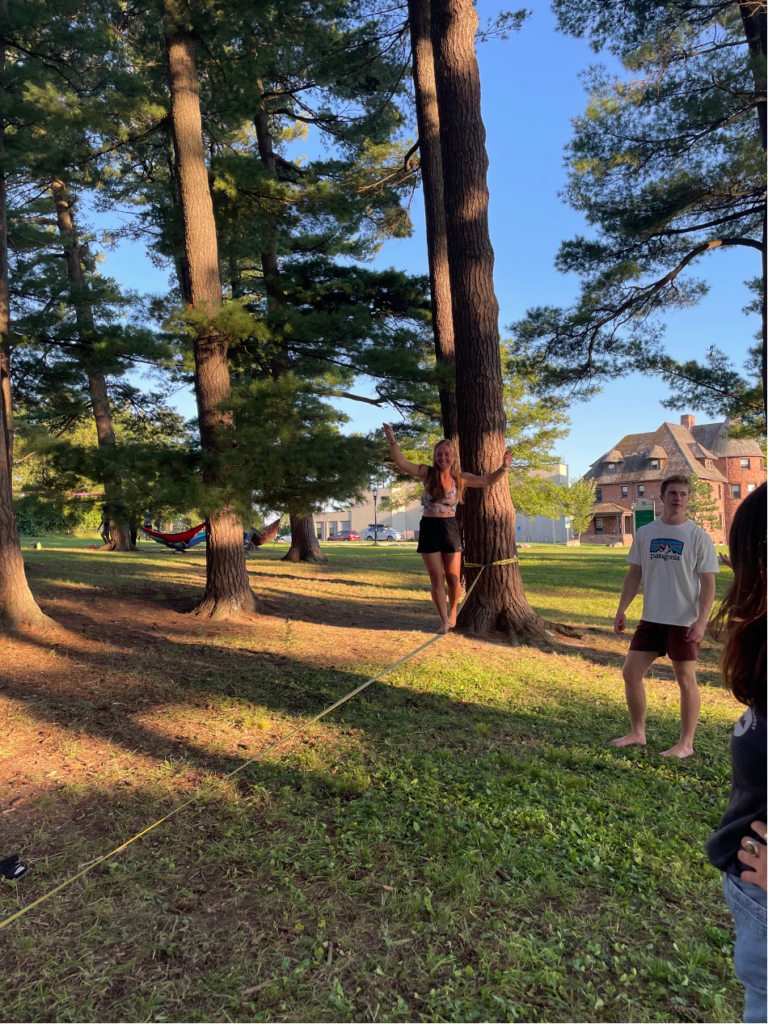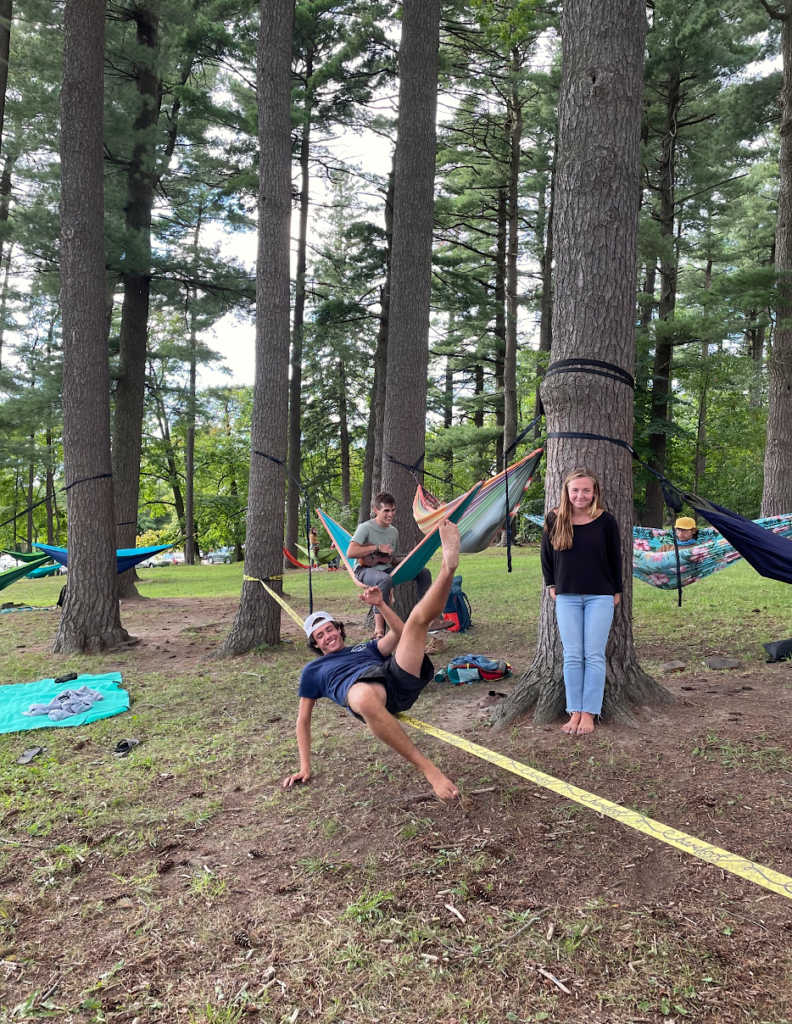Students in Dr Karen Westervelt’s course HLTH 098: Restore, Rejuvenate, Energize were asked to describe and show how they create a Culture of Wellness for themselves or their community.
A sampling of their ideas and actions follows. We hope these students’ inspirational stories Restore, Rejuvenate, and Energize YOU!


















